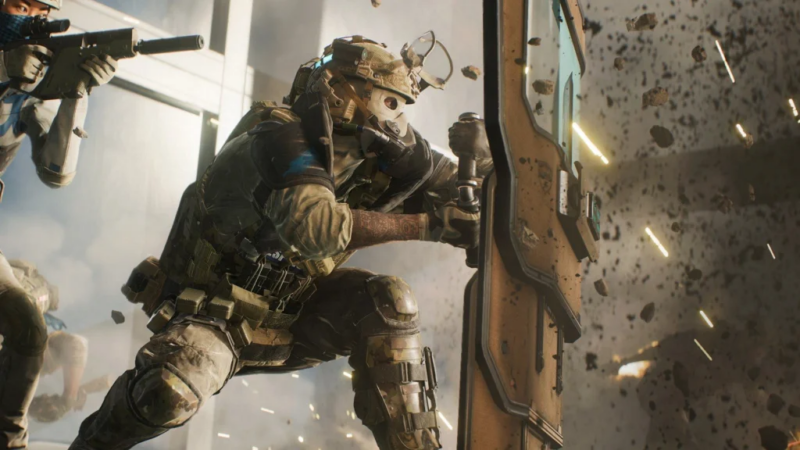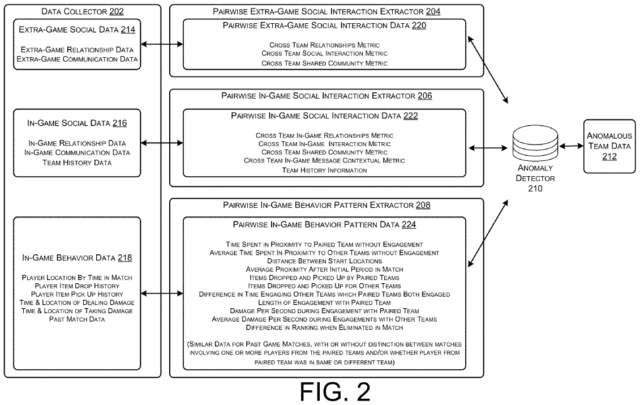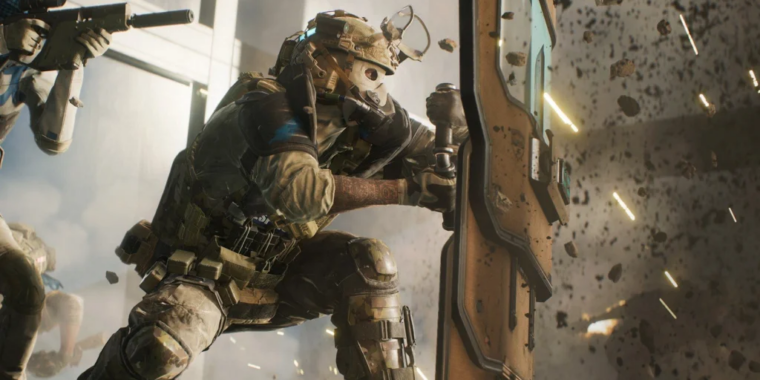
Ever feel like your opponents in a free-for-all online game are trying to get you specifically? It may not just be paranoia; it could be conspiracy between your opponents. And in a newly published patent filing, Electronic Arts describes some potential tools and data points — both in-game and out-of-game — that it could use to track down and eradicate this unfair practice.
EA’s “Detecting Collusion in Online Games” patent, published earlier this month, defines collusion as when two or more players/groups “intended to be adversaries” instead “contribute to a common goal” to “create an unfair gain advantage”. above others. In Battle Royale Shooter, for example, a small group of players who interact outside of the game can stick together and gain a decided firepower advantage over their few opponents.
Many of the patent’s possible methods for discovering this kind of collusion use simple and obvious in-game data. For example, if two or more seemingly opposing players or teams show abnormal amounts of “time spent in close proximity…with no involvement,” chances are they’re working together. Even if those players show some fleeting opposition at points, stats like damage per second can be compared to the average to see if this is just opposition “for appearances”.
Dropping items that another team or player consistently picks up is another potential sign of conspiracy, as is the same player or players consistently popping up on other teams in game after game. Conniving players may also tend to finish in similar positions during their matches, especially “when the unfair advantage of colluding is nullified”, as some of the colluding players are eliminated.
Big Brother is watching (for conspiracy)
However, aside from easily detectable in-game data, EA’s patent describes other signs of collusion that can be inferred from things like “social relationships and communication” and “third-party system connections and interactions” outside of the game. That kind of data ranges from simple relationships such as a “friends list” provided by the gaming platform to completely external relationships such as “social media connection data”.
The patent mentions “a cross-team shared community metric” that counts “the number of group or community memberships… where players from both teams are members.” Things like “the number of messages a player has made in a particular community” that are shared with another player can also indicate potential collusion.

Even “the content of extra-game communications” could be fed into the algorithm, according to the patent, such as “messages to a forum in which players from both teams participate.” According to the patent, a “machine learning algorithm” could be used to extract any collusion-related context from this type of communication outside of the game, or a simple keyword search.
To be clear, the patent candidly says that any player data used in any of these detection algorithms “would be in accordance with the privacy policy that respects player privacy, and in accordance with players’ privacy settings or preferences.” That said, there’s something Big Brother-esque about the prospect of a publisher like EA scanning your Twitter posts and Reddit community memberships to see if you’re trying to coordinate cheating in their online game.
On the other hand, in a world where players go to great lengths to hide their cheating using external devices, this kind of external social graph analysis may be necessary to weed out some of the worst conspirators (or at least some of the least cautious). ). In any case, having a proprietary design doesn’t mean EA is using (or ever will use) this kind of system in the wild. For now, it’s just an interesting look at how a company thinks about possible ways to detect both the human side of online scams and the technical side.

